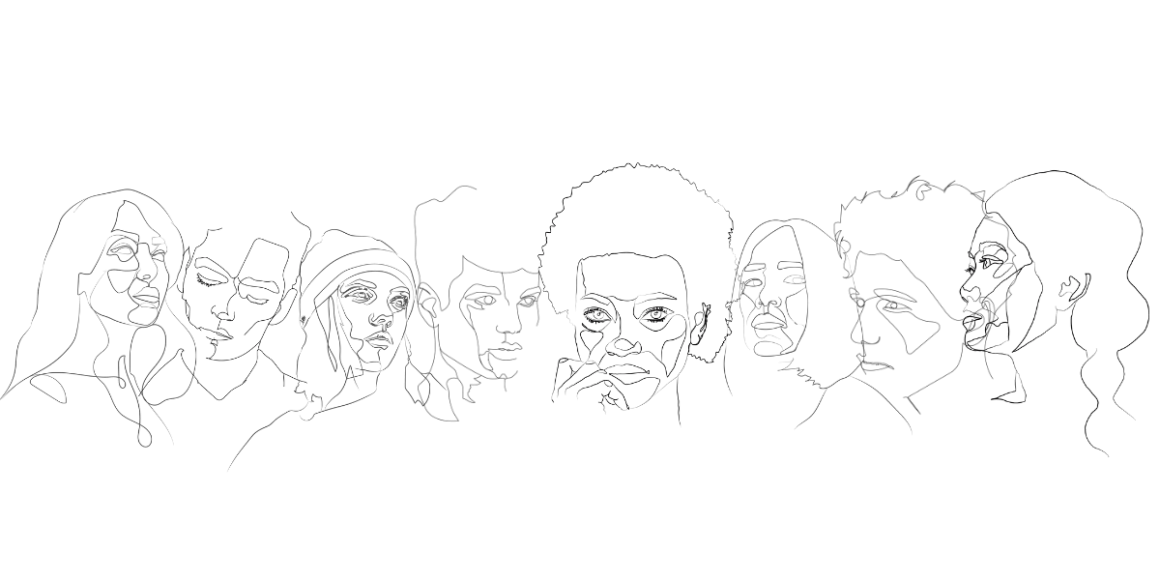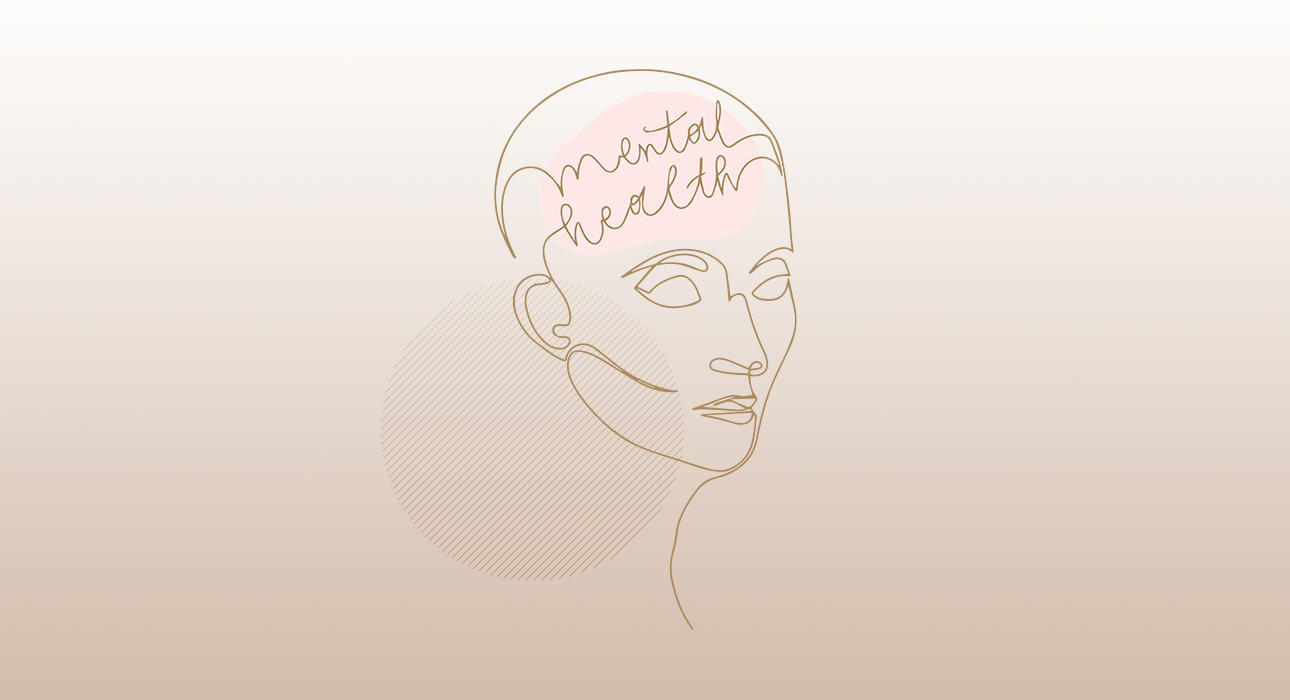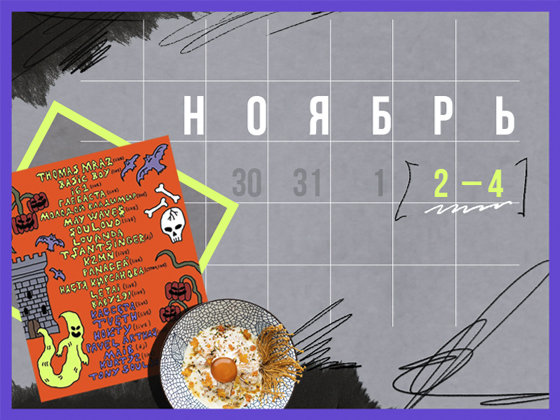In April of this year alone, the demand for psychologists in Russia increased by 81% compared to the same period of the previous year, and these numbers are breaking records even in times of pandemic. More than six months since February, of course, could not help but affect our mental health: the level of information noise when the phone does not stop for a minute, the incessant conversations that come down to one thing, and that panic. would often be planted on social networks for no good reason. At some point, the help of specialists became almost the first necessity of a modern person – advice from public psychologists, interviews on YouTube, meditations, consultations, even videos on TikTok were used. And for most, if not most, psychotherapy has opened up in a new light, not at the level of basic advice the Web is full of, but at the level of concepts like “gestalt” and “psychoanalysis.” What do they mean in practice and how will you determine which approach will work for you? We are interested in Ekaterina Manukova, the psychologist of Veronika Sidorova’s Otvet.co project.
What types of psychotherapy are most in demand right now, and what are they in general?
There are several hundred approaches to psychotherapy in the world. To date, the most popular are:
• Psychodynamics: psychoanalytic method, Jungian analysis, transactional analysis, transference therapy, etc.
Psychodynamic approaches work with the subconscious of the person. Thoughts, feelings, behaviors are seen as a struggle with instinctive desires. The task of psychodynamic approaches is to recognize internal conflict and see how it affects behavior, and then learn to respond differently to your thoughts and desires. As a bonus, you can plunge into the world of your soul, using ready-made schemes as an example. For example, examining Jung’s system of archetypes and finding your own, or observing the interaction of a child, parent, and adult using Eric Berne’s psyche model as an example.
• Cognitive Behavior: CBT (Cognitive Behavioral and Cognitive Behavioral Therapy), ACT (Acceptance and Responsibility Therapy), REBT (Rational Emotional Behavior Therapy), Schema Therapy, DBT (Dialectical Behavioral Therapy), etc.
CBT is based on the idea that human psychological problems are associated with thinking errors that lead to ineffective behavior. It is possible to influence the effectiveness of one’s behavior by changing erroneous, dysfunctional thoughts and beliefs. The main difference of this approach from its predecessors is its short-term nature and its focus on “here and now” issues. It is not so important how the problem arose, more importantly, what to do with it now? How can you help yourself as soon as possible? The task of the psychologist is to teach the client to independently monitor thoughts, notice how they affect his behavior, change thoughts and behaviors to more effective ones that help create a dream life. Third-wave CBT, youthful aspects of CBT, add to the rationality of the approach the skills of awareness, acceptance of self, others, and the world, that is, they help not only work with behavior, but also focus on what is. What happens to a person at that moment, what kind of process does he go through, and what does he feel at the moment of change? Here we can distinguish the main tools – these are the practices of mindfulness, the skills of radical acceptance of one’s limitations and characteristics, others, the world, self-compassion.
• Existential-humanist: gestalt, psychodrama, client-centered approach, etc.
The relationship between therapist and client is of particular importance in this approach – it should be reassuring when therapist and client share and explore feelings, expressing themselves freely. The client in such contact learns to accept himself as everyone else and is, first of all, the object of observation in himself, in all changes. Unlike psychodynamic approaches, work here takes place through conscious processes. The most important thing a client can receive in an existential-humanistic approach is the experience of safe interaction with another person and with himself or herself.

One of the most popular and effective forms of psychotherapy today is group psychotherapy.
In moments of prolonged stress and uncertainty, in sudden changes in life, the person suffers from a stable identification of himself with any group (self-identification).
Recognition of his goals and value system, awareness of himself as a member of this particular community. Group therapy gives a sense of support, removes the feeling of otherness. And today, online platforms make it possible for people with similar problems and questions to come together, to find support for their feelings, experiences and thoughts in the similarity of other people’s feelings, experiences and thoughts. That is, to return the inner feeling: “I am normal, everything is fine with me.”
How do you know which type of psychotherapy is right for you?
The first and most important factor of comfortable, effective communication is trust. When my classmates and I spoke snobbely about the scientifically proven effectiveness of therapy, the direction we’re working in, our teacher always reminded us:
“Healing is not the direction or the tool. A specialist acts, that is, a person, a person.
So the first step is to try to find an expert where trust is born, easy, and you don’t have to get over yourself by communicating. Are you close to how a psychologist sees the world? Are you ready to share his values? Do you think that the psychologist’s own life path interests you and deserves respect? Before the first meeting, clients often worry: “How am I going to explain personal things to a stranger?” – This is another criterion for choosing a specialist. Are you comfortable sharing your life with this person?
You can also think about what you want from working with a psychologist. It’s important for someone to find answers to their questions as quickly as possible, and then it makes sense to pay attention to cognitive behavioral therapy methods. Perhaps your task is to learn introspection, and the pace of change is not so important, and then it makes sense to pay attention to psychoanalysis. When it comes to identity issues, the need to feel part of something bigger, group therapy will be the best choice. If you are more used to noticing somatic pain, a body-focused psychotherapist may be right for you. However, if we are talking about mental disorders, then the chosen therapy will most likely be clinically confirmed instructions. In such a situation, a psychiatrist can assist in choosing the diagnostic direction of psychotherapy.
What new aspects have emerged recently (have they ever appeared)? Can we talk about some trends in psychotherapy?
The question of what we know, how we can improve and how we can improve is one of the most interesting and important issues in modern psychotherapy. Psychologists deal with things that cannot be directly touched or seen. For example, unlike an ophthalmologist or surgeon. There is a symptom, but there are no methods familiar to medicine – to conduct tests, to determine objective changes in the patient’s condition.
That is, the patient himself, his subjective assessment, is the measuring tool for worsening or improving the situation.
Recently, gadgets came to the aid of a psychologist: for example, a watch that determines the heart rate, blood pressure monitors. They provide a mobile and more objective assessment of a person’s condition through control of bodily functions. CBT is now even developing a separate field – psychotherapy of functional states with the inclusion of gadget control.
Imagine a meeting with a person with increased anxiety where the psychologist first recommends a breathing technique to reduce their anxiety level, then to discover the thinking dysfunctions that are causing it. The psychologist suggests measuring the client’s pressure by asking the client to recall the event that caused the anxiety and to experience a similar stress level accordingly, before starting the breathing sets. The psychologist, together with the client, corrects the pressure figures, followed by several sets of breaths, which, in the client’s subjective opinion, leads to a decrease in the level of anxiety. The psychologist measures the pressure again and compares the pressure figures before and after breathing, and the difference becomes clear to the client.
It is very difficult for a person who is not used to listening to himself, to feel the difference in a change in situation.
However, decreasing pressure values (pulse in other cases) during breathing practice will make the instrument confident and independent. At the same time, the psychologist has a more objective measurement tool for the client’s mental state. And even the ability to exclude or suspect somatic issues.
Now separate tools are being developed, built-in functions in watches and bracelets are improved; this will be able to warn a person about an impending attack due to changes in his functions, some time ago, for example, from a panic attack. his body. Therefore, take action in advance or seek help.
Source: People Talk
I’m Roger Gritton, and I’ve been writing for the The Fashion Vibes for over 5 years now. My specialty is beauty news; I’m passionate about covering the latest trends, products, and innovations in the industry. In my time there, I’ve become known as an authority on all things beauty-related.
I love discovering new experts to interview, researching up-and-coming ingredients and techniques that are making their way onto our beauty shelves and highlighting people who are making a difference in the world of cosmetics. My work has appeared not only on The Fashion Vibes, but also several other publications including the New York Times Magazine, Allure Magazine and Refinery29.





